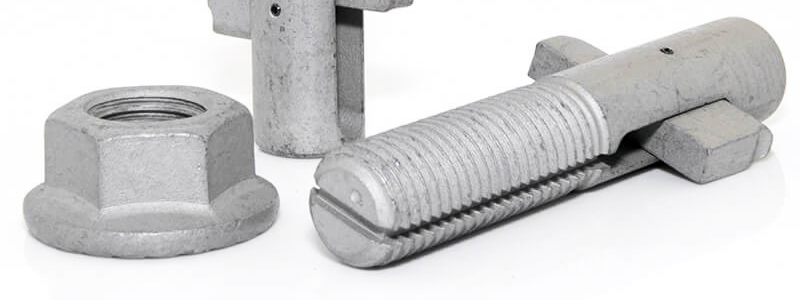Blind Bolts vs. Hollo-bolts vs. Box Bolts
Blindbolt UK | 29th September 2021

Blind Bolts
“Blind” fixings
When access for a bolted connection is from one side only, so-called “blind” fixings are the answer. Blind fixings are commonly used when bolting plates or fittings to hollow sections, but may also be used when access to one side is difficult, expensive or poses a risk – for example when connecting members on a façade. Three types of fixings are in common use – Blindbolts, Hollobolts and Boxbolts.
Hollobolts and Boxbolts are similar products and work in the same way. Both have a central bolt which passes through a cylindrical body (a sleeve), which is cut longitudinally to produce separate “legs”, which splay out on the blind side of the connection as the bolt is rotated. As the bolt is rotated, a cone-shaped nut moved towards the bolt head, forcing the legs of the body to splay. The sleeve of the fastening must be restrained whilst the bolt is tightened to a specified torque. Hollobolts and Boxbolts are removable, but this involves forcing the splayed legs of the sleeve together whilst prying the bolt head out from the joint.
BlindBollts have a gravity-operated toggle which initially lies within a slot machined in the shank of the bolt. After inserting the Blindbolt through the plates to be connected, the bolt is turned by 180, which allows the toggle to rotate, forming a perpendicular anchor on the blind side of the joint. The nut is then simply tightened to “snug tight” in the normal way, whilst preventing the bolt shank from turning. Blindbolts may be removed by loosening the nut, turning the bolt so the toggle falls back into the shank and withdrawing the assembly.
All three types of fasteners are suitable for both shear and tension. Hollobolts and Boxbolts tend to have a higher shear resistance than Blindbolts, since the shear plane passes through both the bolt itself and the bolt sleeve. The outside diameter of the sleeve is considerably larger than the bolt itself – typically in the order of 33 mm for a M20 bolt. In contrast to the Blindbolt, which uses a standard clearance hole, Hollobolts and Boxbolts require a large diameter hole, which increases the minimum bolt spacings, edge and end distances.
The slot machined within the shank of a Blindbolt reduces the tensile resistance compared to a Hollobolt or Boxbolt, but the tensile resistance of the fixing itself is not the critical resistance in most connections. Deformation or failure of the supporting element (for example the face of a hollow section) is usually much more of a concern than the resistance of the fixing itself.
All three fixings are supported by independent assessment and certification in Europe and the USA, with extensive technical resources to support the specifying engineer.
Which Fixing Should Be Specified?
All three bolting assemblies are quality assured products capable of carrying shear and tension. Hollobolts and Boxbolts have a high shear resistance, but demand relatively large holes to be drilled, which may increase the overall dimensions of the joint. Blindbolts are used in normal holes and may be readily removed from the joint. In tension, designers should pay close attention to the resistance of the supporting elements, which are likely to define the resistance of the joint, not the fixing.
Would Blind Bolts Work for You? See Why Out Customers Choose Our Blind Bolts by Checking Out Our Guide
See why our customers choose our blind bolts for their projects by checking out our guide here. Alternatively, you contact our team today by using our quick and easy contact form below. You can also get in touch and speak to a member of our team directly today on +44 (01299) 272 955 or send us an email enquiries@blindbolt.co.uk. We look forward to hearing from you.